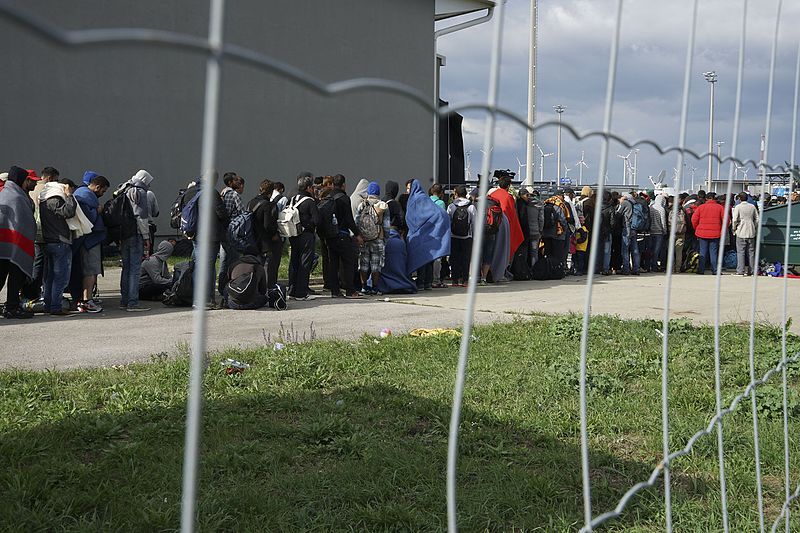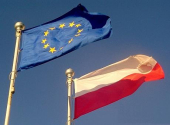
Belgium transferred 1,241 asylum seekers to another European Union member state last year, where they already had a pending procedure. The number of transfers by Belgium has been on
the rise since the end of the Covid-19 pandemic. The government aims to establish additional 'Dublin centres' to expedite such transfers.
The EU Dublin Regulation dictates that the EU member state where an individual first applies for asylum is responsible for handling the asylum procedure. While member states are supposed to take back asylum seekers from each other, this process doesn't always proceed smoothly in practice.
The number of transfers by Belgium has shown an upward trend since the end of the Covid-19 pandemic, increasing from 831 in 2022 to 1,241 transfers in 2023. This is the highest number since the peak of 1,479 transfers in 2016. The majority of transfers are made to Austria, Germany, and France.
Since August 2022, Belgium has operated a center in Zaventem aimed at improving returns under the Dublin Regulation. In this 'Dublin center', procedures are completed on average in 32 days, which is 28 percent faster than outside the center. Faster procedures increase the likelihood of cooperation from the responsible member state.
According to State Secretary for Asylum and Migration Nicole de Moor, the Council of Ministers agreed on Friday to establish additional 'Dublin centers' in the future. This move aims to further expedite returns. In 2022, 2,168 people were eligible for such an accelerated procedure, while in 2023, the number rose to 4,842.
"I find it untenable for asylum seekers who already have a pending procedure in other European countries to start another procedure in Belgium," de Moor stated in a press release. "This puts enormous pressure on our asylum seeker reception network." Photo by Mstyslav Chernov, Wikimedia commons.



































